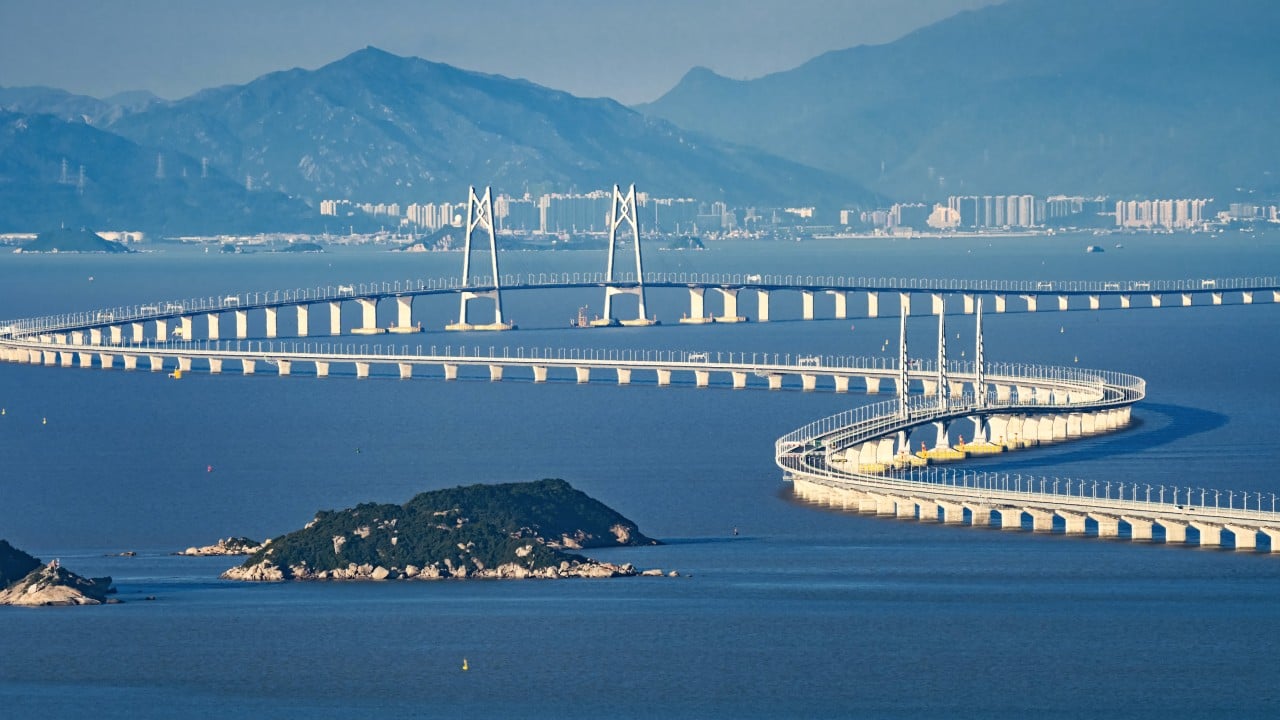For those trying to understand the astonishing development of the Greater Bay Area development zone, and Hong Kong’s struggle for engagement and relevance within it, you can do worse than examine our “tale of three bridges”.
Advertisement
The examination raises hard questions about Hong Kong’s declining role as a driver of regional growth, and whether the Shenzhen-Dongguan megalopolis – which mainland officials are already putting at the heart of the “Golden Inner Bay” – is not already the centre of gravity for the bay area scheme, in particular linking the prosperous municipalities on the east banks of the Pearl River with the comparatively laggard western municipalities.
The three bridges are the Humen Pearl River Bridge that opened in 1997, the 55km Hong Kong-Zhuhai-Macau Bridge which opened in 2018 and crosses the waters of the Lingdingyang channel in Pearl River estuary, and the 24km Shenzhen-Zhongshan Link, which just opened in June.
All have been critically important wonders of engineering spanning the massive Pearl River estuary, indispensably transforming the east-west linkages within the Greater Bay Area. The Humen bridge has been a workhorse at the heart of the estuary for years, carrying around 100,000 vehicles a day.
The new Shenzhen-Zhongshan bridge is providing critical relief to the badly congested Humen. Hong Kong’s 55km span to Zhuhai carries fewer than 12,000 vehicles on a busy day. No wonder some are calling the Hong Kong-Zhuhai-Macau span a “ghost bridge”.

